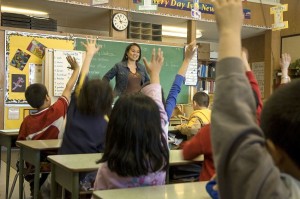In my thirty-some years of working in teacher education, I would be hard pressed to think of a topic that has resonated more deeply with practitioners than the impact of trauma on learning. For readers of Volume 1 in this series (Helping Traumatized Children Learn), recognition of the prevalence of traumatic experiences in children’s lives and the ways that learning is affected by those experiences are truly watershed moments. Teachers and administrators stop seeing children as disruptive or not caring about learning, and begin realizing that these children are in need of our help. As one teacher remarked, “Just knowing that the behaviors are caused by trauma was my a-ha moment. Oh! That’s why this kid behaves like that. It has opened a window on what’s going on with the kid and how to help.” As another teacher summarized it, “This opens you up. Being strict isn’t enough. You need the courage to turn things around. You need to be flexible, to be able to approach a student differently, because you understand that what is going on with a student may not be within their control.”
In Volume 2 of this series (Creating and Advocating for Trauma-Sensitive Schools), practitioners’ knowledge and skills are developed further through resources and tools needed to implement and sustain trauma sensitivity in schools. Readers of Volume 2 learn why a school-wide approach to trauma sensitivity removes barriers to learning for all children. They are provided with a process of inquiry and reflection that addresses all of the key indicators of a trauma-sensitive school, while at the same time, valuing the unique features of each school’s environment.
Both books should be required reading for every teacher and educational administrator at the school, district, state, and federal level.
Mary E. Curtis, Ph.D.
Professor, Director, Center for Special Education
Lesley University
